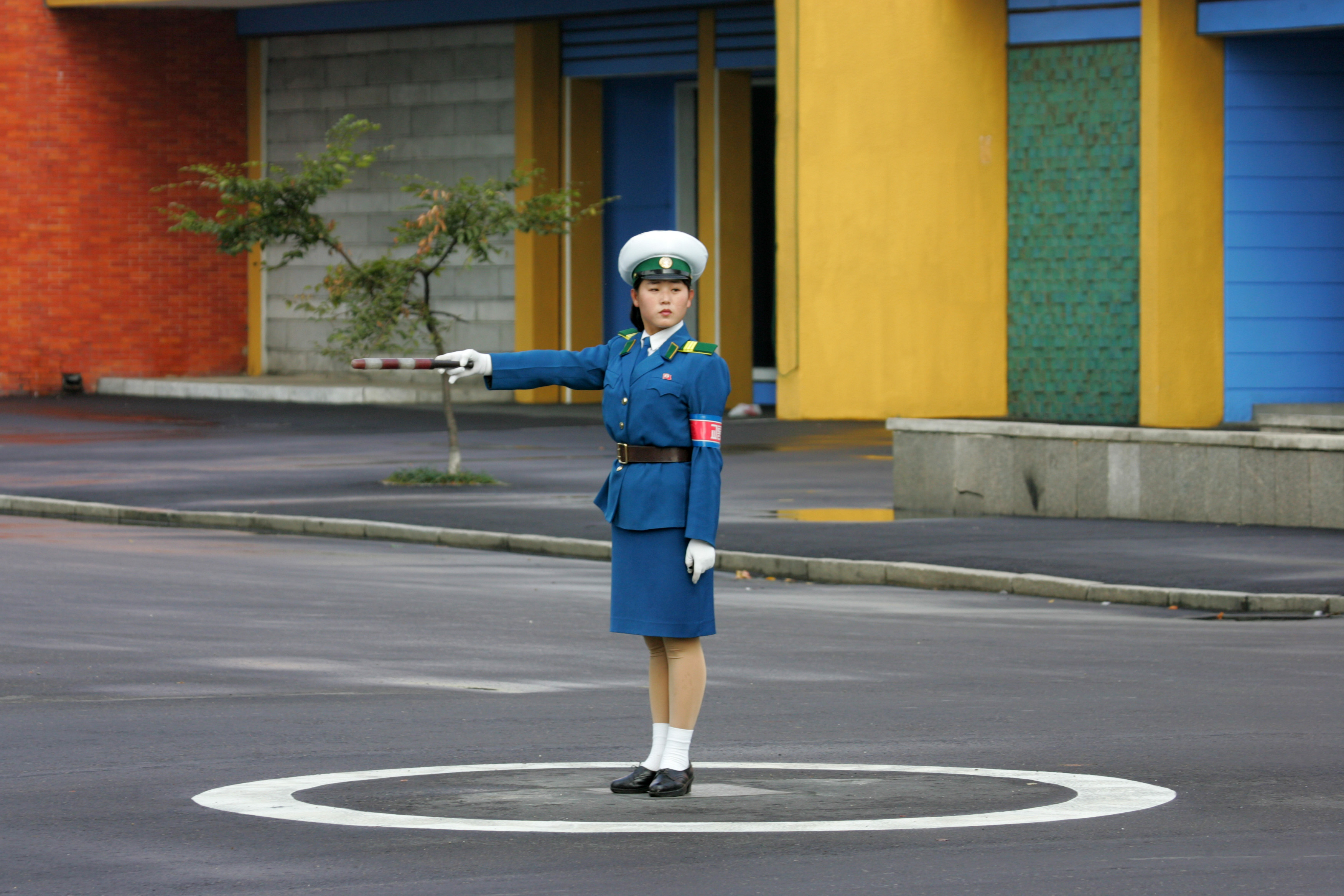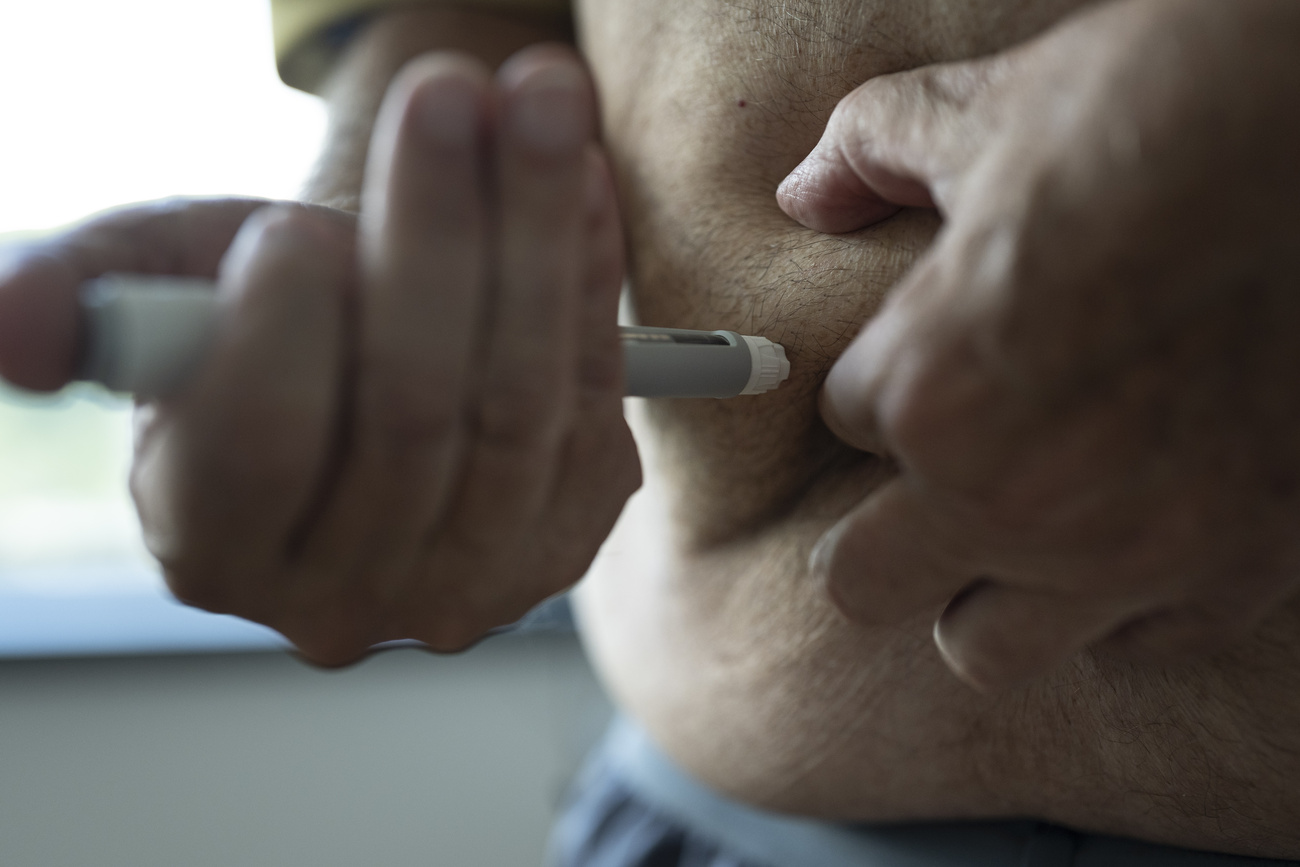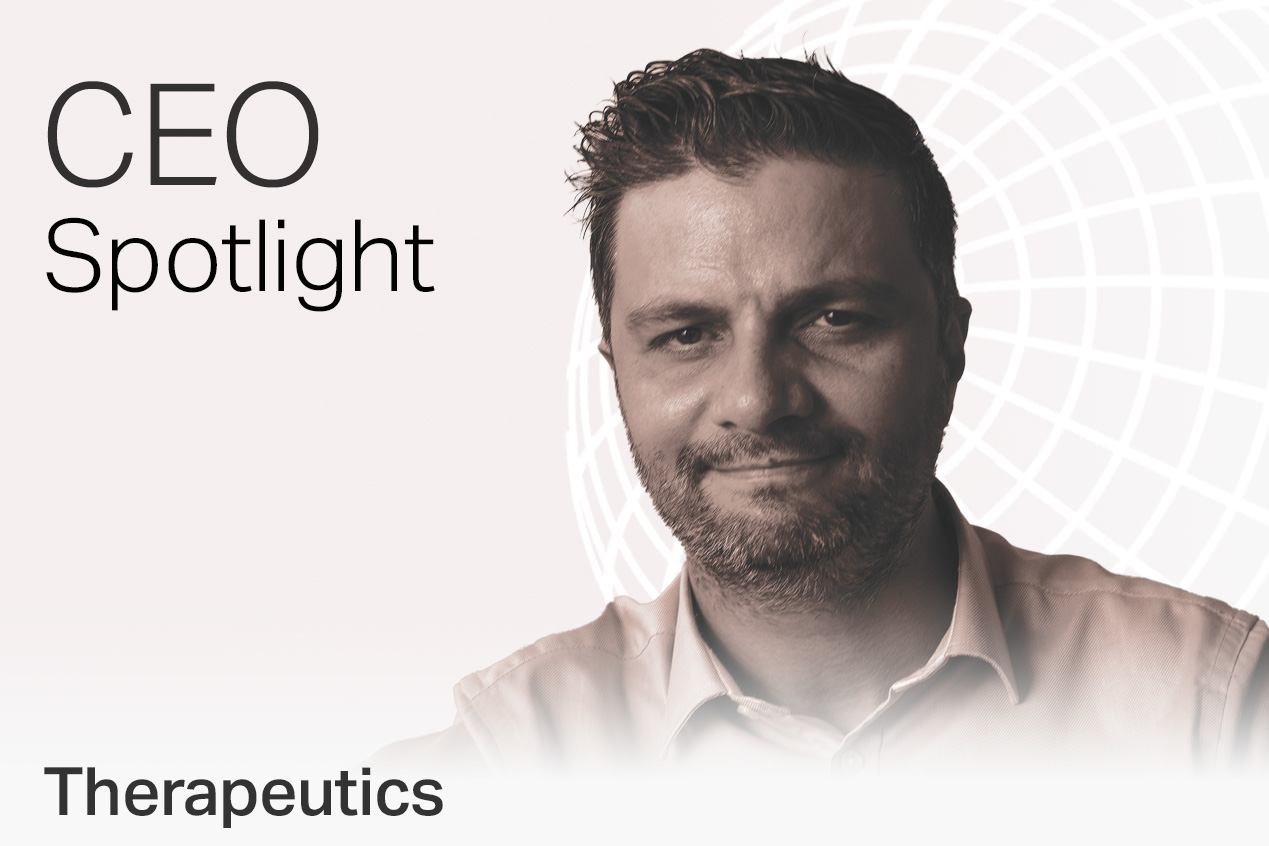
Swiss aid continues under Kim Jong-un regime

North Korea’s new leader has been in office for some 100 days, but change is not likely to come for a while, if at all, say those with experience working there.
In the meantime, Swiss-led aid and development efforts continue to help the struggling nation to feed itself and improve its drinking water and energy supplies.
On December 29, 2011, Kim Jong-un became “supreme leader” of North Korea 12 days after the death of his father, Kim Jong-il. The youngest of Kim Jong-il’s three sons, he had been designated for the role a year before.
The change in leadership has not yet had much impact in the Democratic People’s Republic of Korea (DPRK), also referred to as North Korea.
“There has not been any noticeable policy change since Kim Jong-un took over. It’s too early to make predictions, but from what we have seen so far, we’re expecting policy continuity, in any case in the short and mid-term,” Simon Mason, senior researcher at the Center for Security Studies (CSS) at the Federal Institute of Technology in Zurich, told swissinfo.ch.
Through his work, Mason has conducted studies on confidence building on the Korean Peninsula.
Too young?
Kim Jong-un is the world’s youngest head of state, and possibly too young for the job, say some.
“Culturally, he is very young. He’s under 30 and he isn’t married. For the Asian or Korean culture – his age means he isn’t in a position to be the leader of the country, so he will need support within the government to play his role,” said Stefan Burckhardt, the director of Agape international’s North Korean programme.
Agape international is a Swiss charity with about 60 development and aid projects on the go in 15 countries. It has been active in North Korea since 1995, where its focus is agriculture and energy.
Burckhardt travels to North Korea a couple of times a year and has even lived there for up to a few months at a time. Despite his knowledge, he has experienced ageism personally.
“As long as you don’t have grey hair, you cannot tell an older person to do something. I can make suggestions, but I cannot tell someone what to do,” Burckhardt told swissinfo.ch.
Agri-challenged
One area where North Korea has really needed advice is agriculture. After initial donations of food to help fight the famine of the mid-1990s, Agape has been helping local farmers improve their techniques.
“North Korea is a mountainous country, like Switzerland. Only in the valleys can you grow rice and corn,” Burckhardt pointed out. In comparison, South Korea has more favourable conditions for agriculture.
After the split of North and South Korea in 1945, the DPRK received food assistance from socialist countries – the Soviet Union in particular. By the beginning of the 1990s, the country could no longer count on this support and the agriculture sector deteriorated.
“The mechanisation of the agro sector is far behind the 1980s, and fertiliser production can’t cope with the need,” explained Martin Weiersmüller, country director of the Swiss Agency for Development and Cooperation’s (SDC) office in Pyongyang. “In addition to these economical and technical factors, from the mid-90s the weather conditions worsened and food production fell drastically – which resulted in the tragic famine that killed more than one million people.”
The SDC has been active in North Korea since 1995 and has had an office there since 1997.
“We base this presence on the situation of the distressed population, whose basic provisions have hardly improved since 1995,” Weiersmüller told swissinfo.ch. Boosting food supply security is still the priority for the SDC’s programme in North Korea, which has a budget of SFr 5.5 million ($6 million) in 2012.
This will be the eighth year that the SDC has helped North Korean farmers learn how to cultivate sloping land. To date, about 3,500 people have had the chance to farm ten hectares of land in cooperation with the SDC and the local ministry of environmental protection.
“Today, the results of this long-term programme are fully recognised, not only by the population in the project area, but also by the government, which is looking to extend the activities on a nationwide scale,” Weiersmüller said.
Meanwhile, Agape runs a programme where North Korean farmers live and work on Swiss farms to improve their skills.
New energy
Energy is another focus of Agape’s efforts in the DPRK.
Burckhardt explains that the charity has worked in the area of food security and agriculture for the past ten years. Energy is the second biggest problem facing North Korea, he says.
“I think these will continue to be the two main priorities, and they are related to each other. If you don’t have energy, you cannot increase production with mechanisation, and if you don’t mechanisation, you need a lot of people to do the work.”
With the support of Agape, North Korean villagers built a windmill in 2009. It generates enough power for ten families. Since then, a second and more powerful windmill has followed and there has been enough enthusiasm to stage workshops and design contests.
“We’ve seen that if people get a chance to change things, they will take that chance. We’ve found people that made a difference within the [windmill] project and adapted things well,” Burckhardt said.
Future involvement
Both the SDC and Agape intend to continue their work in North Korea.
“The SDC office in Pyongyang, under the lead of the Swiss Humanitarian Aid, agreed with the government on the three-year strategy 2012-2014. For the time being a possible phasing out of Switzerland’s humanitarian activities in the DPRK is not foreseen,” Weiersmüller said.
Agape typically plans two years in advance: “We will continue as long as we have the chance and North Korea is interested in the support and the partnership,” Burckhardt said.
As for Kim Jong-un, Burckhardt says the North Koreans will likely watch him and see how he acts before judging him.
“They didn’t know a lot about him so they will make up their minds watching him in the months to come. They will see how things change and then form their opinions. It will take some time.”
North Korea says it will send a weather satellite into orbit between April 12 and 16.
The announcement has prompted criticism from western states and concern from North Korea’s only major ally, China.
The US and South Korea have accused Pyongyang of wanting to test disguised ballistic missiles capable of carrying nuclear weapons in breach of UN resolutions.
Previous long-range missile tests by North Korea failed in 2006 and 2009 according to western sources.
The official North Korean news agency said it is an “advanced geostationary meteorological satellite data receiver” to help make weather forecasts.
It added scientific research for accurate weather forecasts was needed for “agriculture and other economic fields.”
It also said the launch was to mark the anniversary of the founder of North Korea, Kim Il-sung.
According to the SDC, North Korea is able to produce approx. 80% of the 5.5 million metric tons of food it needs per year.
The rest is either bought by the government or received as humanitarian assistance from different countries.
The UN World Food Programme (WFP) oversees the distribution of this international aid.

In compliance with the JTI standards
More: SWI swissinfo.ch certified by the Journalism Trust Initiative































You can find an overview of ongoing debates with our journalists here . Please join us!
If you want to start a conversation about a topic raised in this article or want to report factual errors, email us at english@swissinfo.ch.